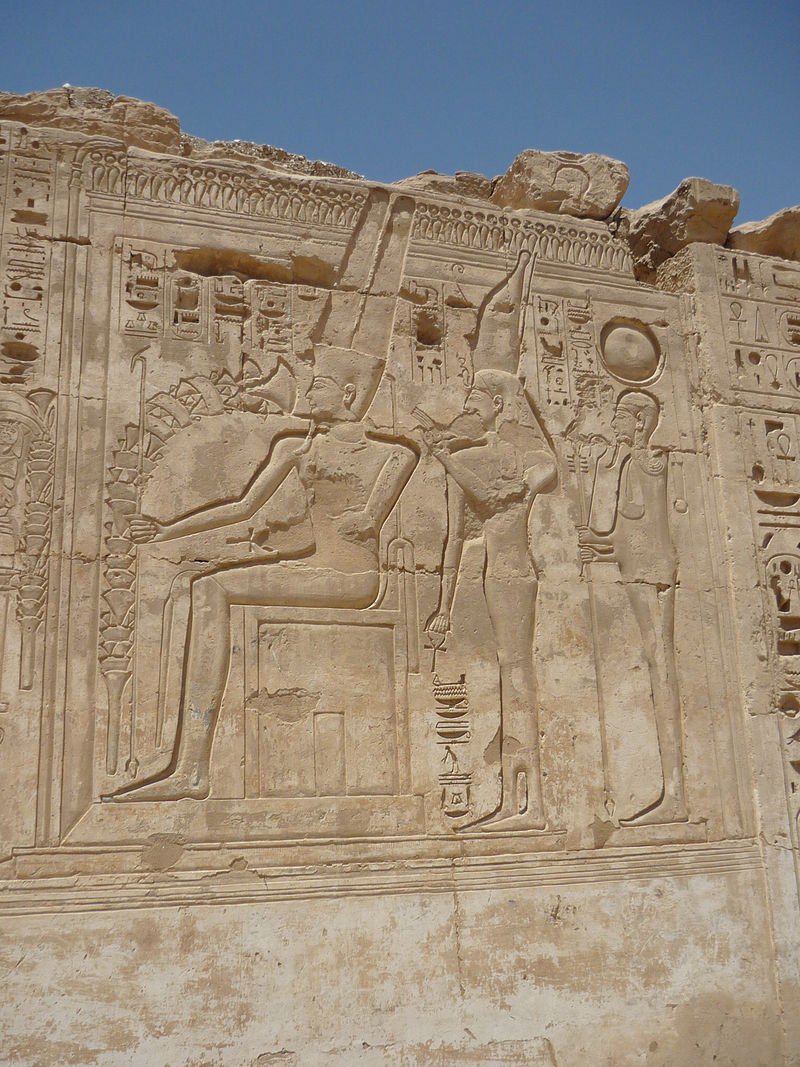Karnak: One Of Largest Temple Complexes In The World And Its Spectacular View
A. Sutherland - AncientPages.com - Karnak is one of the largest temple complexes in the world. This magnificent place has a rich architectural, ritual, religious, economic, social, and political history.
The Karnak Temple complex is located in southern Egypt in and around the modern city of Luxor, which has a wealth of ancient Egyptian ruins.
Karnak. Image credit: Simon - Pixabay
The outstanding construction and historical place of ancient Egypt stands at Karnak.
"On the east bank of the river, about a mile to the north of modern Luxor, there lies a group of temples known at the present day as Karnak. The name was given to the village which grew up over the ruins of the ancient city and temple.
"The debris of succeeding generations of villages buried the whole temple, leaving only the highest portion of the nave of the hypostyle hall above the ground, the clerestory alone remaining visible; hence the name given to the village, “the Town of the Windows”, writes Margaret Alice Murray in her book "Egyptian Temples"
"Now that the site has been extensively excavated it will be seen that there are at least twenty temples in the group; the greater number being dedicated to Amon, but there are also temples to Mut, Khonsu, Ptah, Sekhmet, and others, besides chapels to minor deities which occur in several places within the walls of the main buildings. .." 1
This colossal temple complex covers hundreds of acres in the area of modern-day Luxor. Once Karnak was surrounded by the thriving city of Thebes.
The Theban king Kamose erected a memorial in the temple of Karnak to record his victories in battle. The most spectacular renovation was at Karnak, where the temple to the god Amun was lavishly updated.
The Theban Triad at Medinet Habu. From left to right: Amun, Mut and Khonsu. Image credit: Rémih - CC BY-SA 3.0
Also, Thutmose III's most famous victory is recorded on an inscription at the Temple at Karnak.
It describes a surprise attack on Megiddo, Israel, where his army of 10,000 soldiers captured the city.
The temple of Karnak was known as Ipet-isu-or "most select of places"-by the ancient Egyptians. It is a city of temples built over 2,000 years and dedicated to the Theban triad of Amun-Ra, Mut, and Khonsu. This derelict place can still overshadow many wonders of the modern world and, in its day, must have been awe-inspiring.
For the largely uneducated ancient Egyptian population, this could only have been the place of the gods. According to some sources, this was the most significant religious building ever made. It covered about 200 acres (1.5 km by 0.8 km) and was a place of pilgrimage for nearly 2,000 years. The area of the sacred enclosure of Amun alone is sixty-one acres and could hold ten average European cathedrals.
The sacred barges of the Theban Triad once floated on the lake during the annual Opet festival. Storerooms, living quarters for the priests, and an aviary for aquatic birds surrounded the lake.
The Egyptians believed that towards the end of the annual agricultural cycle, the gods and the earth became exhausted and required a fresh input of energy from the chaotic energy of the cosmos.
Hypostyle hall of the Precinct of Amun-Re, as it appeared in 1838 in The Holy Land, Syria, Idumea, Arabia, Egypt, and Nubia. Image credit: David Roberts RA, artist and Haghe, Louis, 1806-1885, lithographer - Public Domain
The Opet festival was held yearly at Karnak and Luxor to accomplish this magical regeneration. It lasted for twenty-seven days and was also a celebration of the link between the pharaoh and the god Amun. The procession began at Karnak and ended at Luxor Temple, one and a half miles (2.4 kilometers) to the south.
The statue of the god Amun was bathed with holy water, dressed in fine linen, and adorned in gold and silver jewelry. The priests then placed the god in a shrine and onto the ceremonial barque supported by poles for carrying.
Pharaoh emerged from the temple, his priests carrying the barque on their shoulders, and together they moved into the crowded streets. A troop of Nubian soldiers serving as guards beats their drums, and musicians accompanied the priests in song as incense filled the air.
Written by – A. Sutherland - AncientPages.com Senior Staff Writer
Updated on January 7, 2024
Copyright © AncientPages.com All rights reserved. This material may not be published, broadcast, rewritten or redistributed in whole or part without the express written permission of AncientPages.com
Expand for referencesReferences:
- Margaret Alice Murray, Egyptian Temples"
Kelly, Miles. 1000 Facts Ancient Egypt
More From Ancient Pages
-
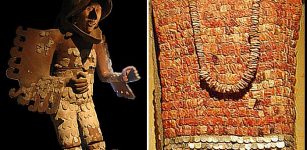 Fearsome Aztec Eagle And Jaguar Warriors Of Mesoamerica
Featured Stories | Sep 14, 2023
Fearsome Aztec Eagle And Jaguar Warriors Of Mesoamerica
Featured Stories | Sep 14, 2023 -
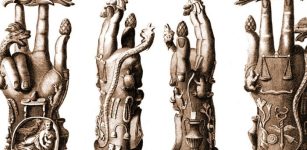 Enigmatic ‘Hand Of Sabazius’ Dedicated To Unwillingly Tolerated God
Featured Stories | Jun 10, 2021
Enigmatic ‘Hand Of Sabazius’ Dedicated To Unwillingly Tolerated God
Featured Stories | Jun 10, 2021 -
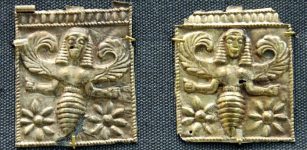 Bees – Embodiment Of Human Soul, Divine Messengers Symbolizing Invisible Bridge Connecting Life And Death
Featured Stories | Jul 26, 2023
Bees – Embodiment Of Human Soul, Divine Messengers Symbolizing Invisible Bridge Connecting Life And Death
Featured Stories | Jul 26, 2023 -
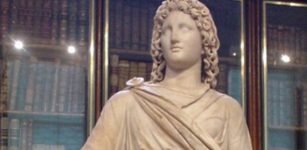 Paris Of Troy: He Caused Destruction Of Troy As The Seer Had Predicted
Featured Stories | Mar 26, 2019
Paris Of Troy: He Caused Destruction Of Troy As The Seer Had Predicted
Featured Stories | Mar 26, 2019 -
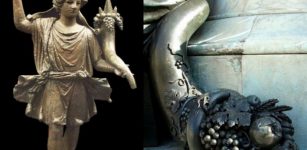 Cornucopia – ‘Horn Of Plenty’ – Ancient Symbol And Its Almost Forgotten Meaning
Ancient Symbols | Jan 14, 2019
Cornucopia – ‘Horn Of Plenty’ – Ancient Symbol And Its Almost Forgotten Meaning
Ancient Symbols | Jan 14, 2019 -
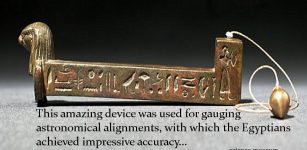 Merkhet – An Ancient Egyptian Timekeeping Instrument
Ancient History Facts | Jul 3, 2018
Merkhet – An Ancient Egyptian Timekeeping Instrument
Ancient History Facts | Jul 3, 2018 -
 Manasota People: Will 1,300-year-Old Village Tell Us About Their Lives?
Archaeology | Jan 11, 2016
Manasota People: Will 1,300-year-Old Village Tell Us About Their Lives?
Archaeology | Jan 11, 2016 -
 Mystery Of The Sandby Borg Massacre Deepens – Unexplained Disappearance Of Women
Featured Stories | Dec 5, 2020
Mystery Of The Sandby Borg Massacre Deepens – Unexplained Disappearance Of Women
Featured Stories | Dec 5, 2020 -
 Heimdallr: Norse God That ‘Illuminates The World’ And Guards The Rainbow Bridge Bifrost In Asgard
Featured Stories | Feb 6, 2016
Heimdallr: Norse God That ‘Illuminates The World’ And Guards The Rainbow Bridge Bifrost In Asgard
Featured Stories | Feb 6, 2016 -
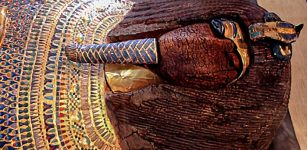 Dispute And Mystery: Strange Case Of The Tomb KV55 In The Valley Of Kings, Egypt
Civilizations | Oct 8, 2015
Dispute And Mystery: Strange Case Of The Tomb KV55 In The Valley Of Kings, Egypt
Civilizations | Oct 8, 2015 -
 Pharaoh Ay – A Man With A Hidden Agenda Or A Victim Of Unfortunate Circumstances?
Featured Stories | Feb 5, 2019
Pharaoh Ay – A Man With A Hidden Agenda Or A Victim Of Unfortunate Circumstances?
Featured Stories | Feb 5, 2019 -
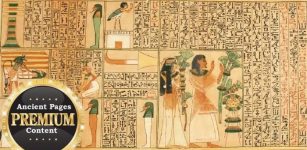 Curious Celestial Boats, Knowledge Of Time Travel And Time Dilation In The Egyptian Papyrus Of Ani And Nu?
Ancient Technology | Aug 5, 2017
Curious Celestial Boats, Knowledge Of Time Travel And Time Dilation In The Egyptian Papyrus Of Ani And Nu?
Ancient Technology | Aug 5, 2017 -
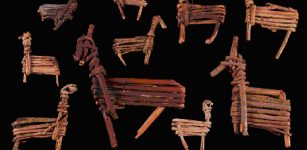 Tusayan Pueblo Ruins And Split Twig Figurines Tell Story Of People Who Once Inhabited The Grand Canyon
Civilizations | Nov 13, 2018
Tusayan Pueblo Ruins And Split Twig Figurines Tell Story Of People Who Once Inhabited The Grand Canyon
Civilizations | Nov 13, 2018 -
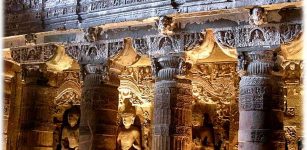 Ajanta Caves: Incredible Accomplishment Of India’s Ancient Stonecutters
Featured Stories | Oct 1, 2015
Ajanta Caves: Incredible Accomplishment Of India’s Ancient Stonecutters
Featured Stories | Oct 1, 2015 -
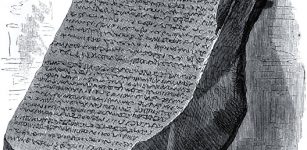 Rosetta Stone – Artifact That Solves The Riddle Of Egyptian Hieroglyphics
Artifacts | Sep 28, 2015
Rosetta Stone – Artifact That Solves The Riddle Of Egyptian Hieroglyphics
Artifacts | Sep 28, 2015 -
 Mystery Of The Lost Biblical Kadesh Where Moses Was Punished By God
Biblical Mysteries | Oct 17, 2017
Mystery Of The Lost Biblical Kadesh Where Moses Was Punished By God
Biblical Mysteries | Oct 17, 2017 -
 Discoveries In The Hanged Man Cave, Kostkowice, Poland
News | Sep 16, 2015
Discoveries In The Hanged Man Cave, Kostkowice, Poland
News | Sep 16, 2015 -
 Aboriginal Underwater Sites Off The Coast Of Australia – Discovered
Archaeology | Jul 2, 2020
Aboriginal Underwater Sites Off The Coast Of Australia – Discovered
Archaeology | Jul 2, 2020 -
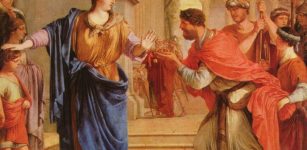 Ars Amatoria – Ancient Roman Flirting Tips – Could They Still Work?
Featured Stories | Mar 26, 2019
Ars Amatoria – Ancient Roman Flirting Tips – Could They Still Work?
Featured Stories | Mar 26, 2019 -
 New York Was Once Called New Amsterdam – History Behind The Change Of Name
Ancient History Facts | Jan 14, 2017
New York Was Once Called New Amsterdam – History Behind The Change Of Name
Ancient History Facts | Jan 14, 2017


